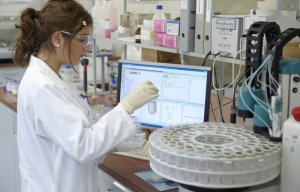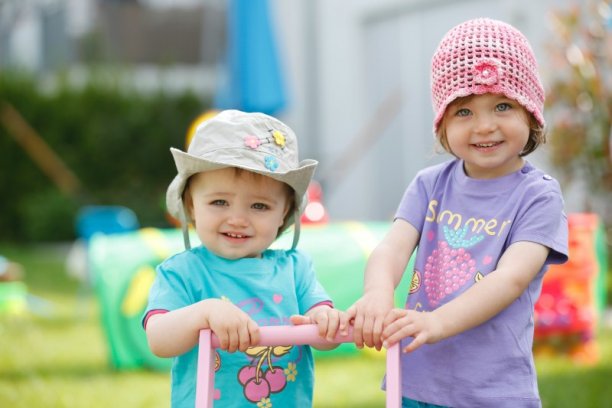
Consumer protection from the first day of life
Oeko-Tex Association has stated that children's clothing that meets the strict requirements of Oeko-Tex Standard 100 does not pose any health risks for consumers, following a study published by the environmental organisation Greenpeace. In its paper entitled ‘A little story about the monsters in your closet’, the organisation criticised numerous discoveries of harmful substances in children's clothing from renowned brand manufacturers.

30th January 2014
Innovation in Textiles
|
Zurich
Oeko-Tex Association has stated that children's clothing that meets the strict requirements of Oeko-Tex Standard 100 does not pose any health risks for consumers, following a study published by the environmental organisation Greenpeace.
In its paper entitled ‘A little story about the monsters in your closet’, the organisation criticised numerous discoveries of harmful substances in children's clothing from renowned brand manufacturers.
For all the parameters included by Greenpeace in the tested samples, such as nonylphenol ethoxylates, carcinogenic arylamines, phthalates/softeners, organotin compounds, perfluorinated compounds (PFCs) and antimony, the Oeko-Tex Standard 100 requires compliance with strict requirements.
The annually updated test criteria and limit values in many cases go far beyond the valid national and international requirements. Extensive product checks after the certificate has been issued, as well as regular company audits, also ensure that the industry has a globally sustainable awareness of the responsible use of chemicals.
Since 1992, the central focus of the Oeko-Tex tests for harmful substances has been the development of test criteria, limit values, and test methods on a scientific basis. The aim of the Oeko-Tex laboratory tests, however, is not just to detect chemical substances, which can be done down to the smallest µg quantities.
Rather, the decisive factor for the wearer (child) is whether, through usual skin contact when wearing the clothing, for example, substances really can enter the body and cause health problems. Here, Oeko-Tex has created an internationally applicable yardstick that can be easily understood by the consumer through the ‘Confidence in Textiles’ label.
In connection with the Greenpeace report Oeko-Tex also outlined that some of the criticised chemicals are not limited to a use in textiles and can also be found in products in everyday use. Perfluorinated substances (PFCs), for example, can be found in Teflon coatings for various kitchen utensils (e.g. frying pans) or are approved for functional food packaging, where they are subject to far more drastic and sensitive conditions of use than textiles.
Surgical clothing can also be finished with PFCs for barrier protection. Antimony is a component of practically all textile articles made of polyester materials and occurs in most PET beverage bottles and other plastic packaging.
With its criteria for hazardous substance testing for textiles (Oeko-Tex Standard 100) - as well as the additionally offered certification of environmentally friendly and socially responsible production facilities (STeP by Oeko-Tex), Oeko-Tex helps all companies and retail chains in the textile industry to optimise their production chains with regard to harmful chemicals.
In addition, in the store, end consumers can find a useful aid to decision-making when buying textile products of all kinds thanks to the label ‘Confidence in Textiles – tested for harmful substances in accordance with Oeko-Tex Standard 100’.

Business intelligence for the fibre, textiles and apparel industries: technologies, innovations, markets, investments, trade policy, sourcing, strategy...
Find out more